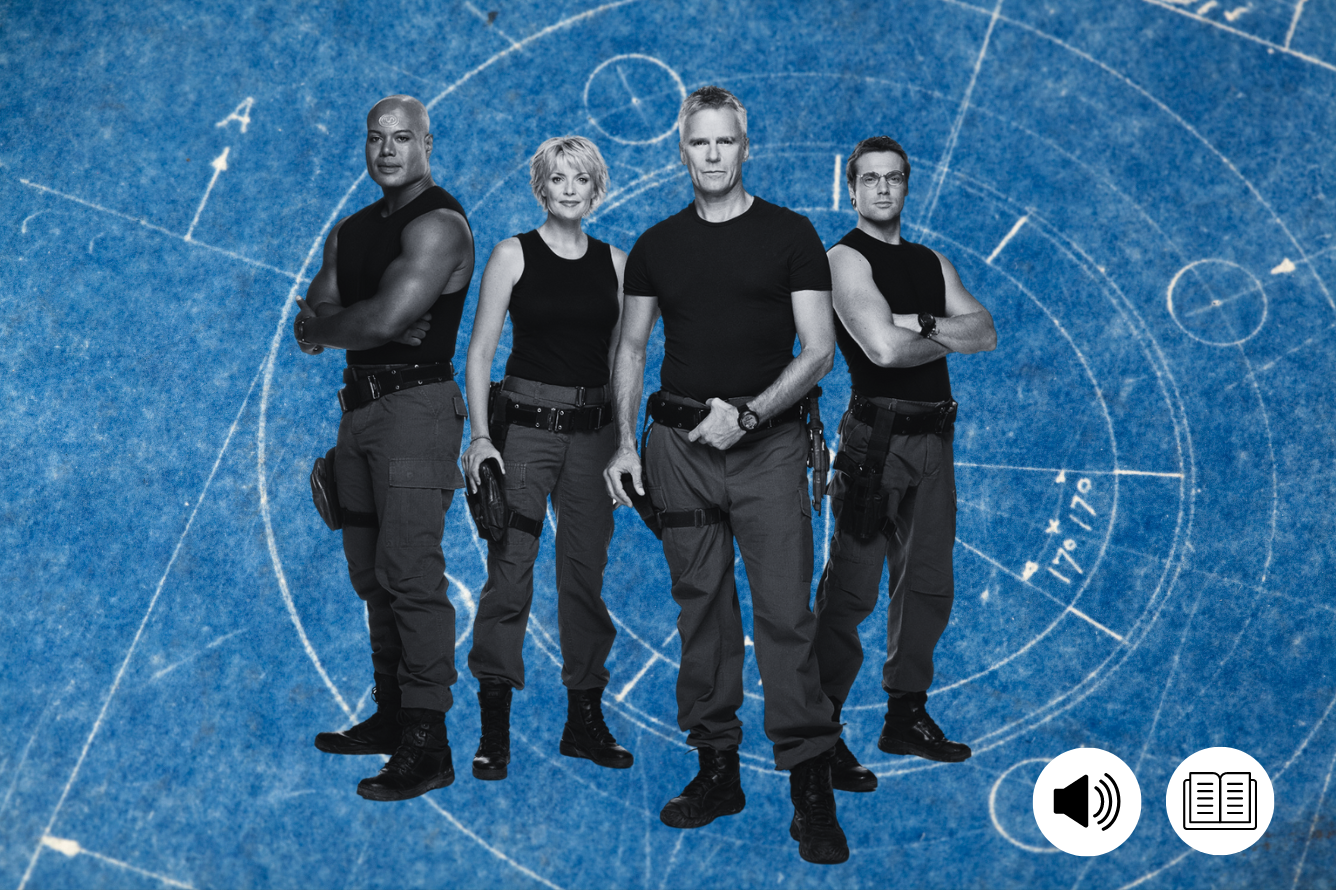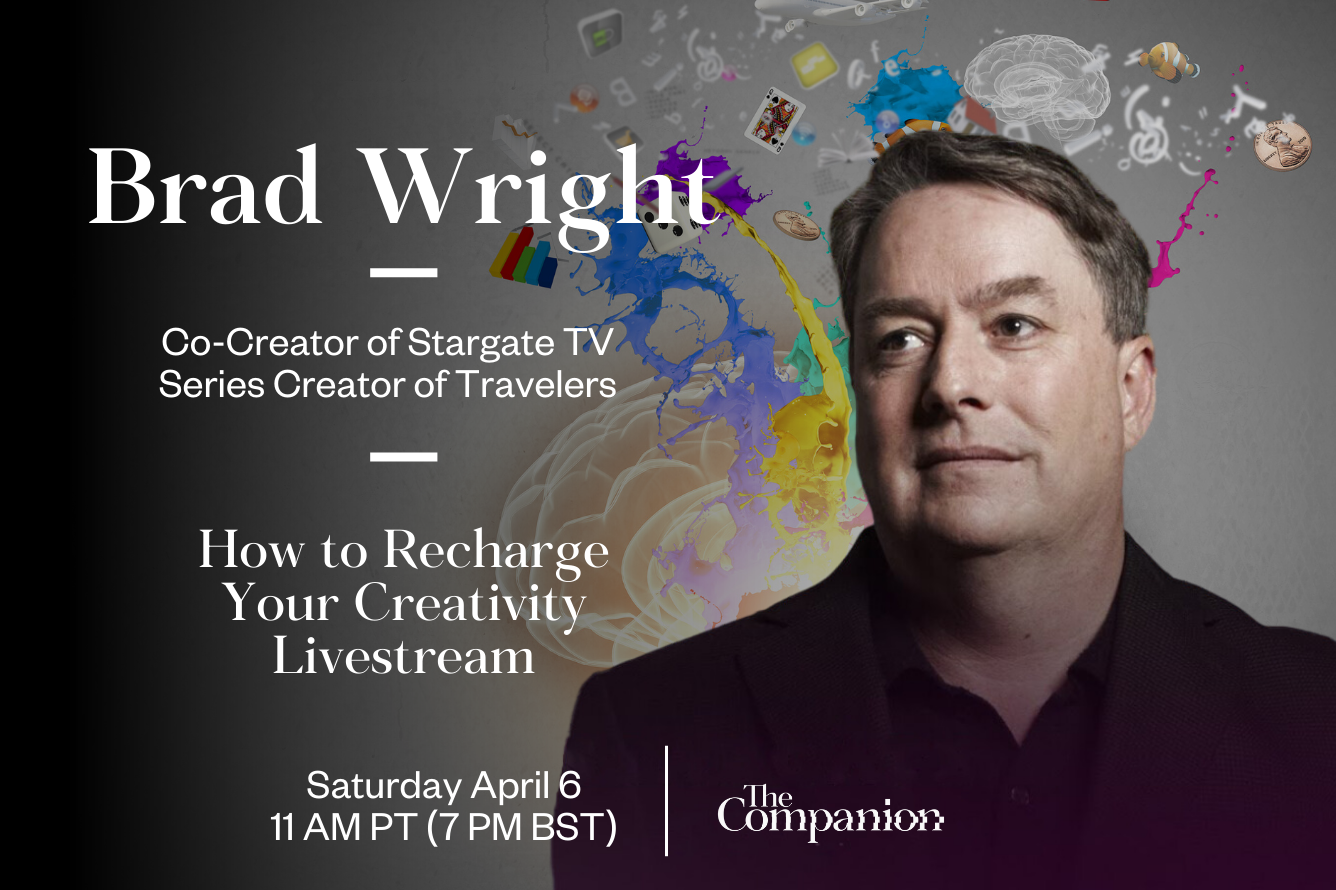My mother once told me that at the age of six or seven, I strenuously objected to my father attempting to park in no-parking zones. She said every time he tried, I kept reading the NO PARKING sign aloud over and over until he relented and found a legal spot. It was against the rules and I was having none of it. My first thought when she told me was wow, what an obnoxious little shit. But 50-something-plus years later, it’s still true to character. I am a rules follower.
Rules of logic help us to reason.
Rules prevent a rook or knight from leaping across the chessboard and knocking over an opponent’s king on the first move. (A favorite opening gambit of my two daughters when first introduced to the game at a young age.)
Rules are what separate professional sports from the act of randomly running, throwing, and/or hitting various shaped balls with various-sized sticks.
The rules of law hold civilization together, and I am, as a rule, very pro-civilization.
Some rules are more important than others. Murder, for example, comes with a life sentence, while parking in a no-parking zone is just a small fine. (I assume it’s a small fine, I’ve never actually done it.)
And, of course, some rules are meant to be broken. But the universe is full of rules that cannot be.
The laws of physics, relativity, thermodynamics, and quantum mechanics are unbreakable. Collectively, they govern everything from the diminutive quark to the supermassive black hole.
They also govern science fiction.
The rules of science and nature need not apply to wizards, demons, mutants or gods. Breaking them is kinda what they do. But science fiction lives and dies by those rules. Gravity, mass, acceleration and inertia have real consequences, for example, when falling from high places.
If a story requires any of the laws of science to be bent or even broken to achieve a dramatic end, there must be a mechanism or concept that explains how. That is the distinction between science fiction and fantasy. To some people, this is a distinction without a difference. But, as a science fiction writer, I observe the rules of science.
Well, I try.
Okay, occasionally I have failed miserably. But the intent is always there. Mostly.
I confess I have no real background in science. In university, I majored in theatre, where math was not a prerequisite. Whenever I consult with actual scientists about a concept or idea I have for a script, it is humbling. I am Lennie to their George. And if we get into actual mathematics of the thing, I’m Homer Simpson to their… smarter person. Nevertheless, what I understand of science frames my worldview. It’s how I’m wired.
If I write a scene that defies one or more of those immutable rules of science, I try to come up with some sort of rationale or invention that explains why. Special Relativity, for example, demands some sort of “warp drive” or “hyperspace” or even a “stargate” to travel to planets beyond our solar system in any reasonable amount of time, because, to quote Douglas Adams, “Space is big.”
If I can’t do that, I at least try to acknowledge it with technobabble. Star Trek – the eldest of the franchises that begin with the word Star – is technobabble’s undefeated champion. As I’m sure you all know, Heisenberg’s uncertainty principle would have prevented transporters from functioning as advertised, so The Next Generation writers’ technical advisors came up with “Heisenberg compensators” and viola… Problem solved! The “inertial dampeners” aboard Enterprise never quite prevented the bridge crew from being thrown back and forth, but I’m sure the command of “full impulse power” would have had messier repercussions without them.
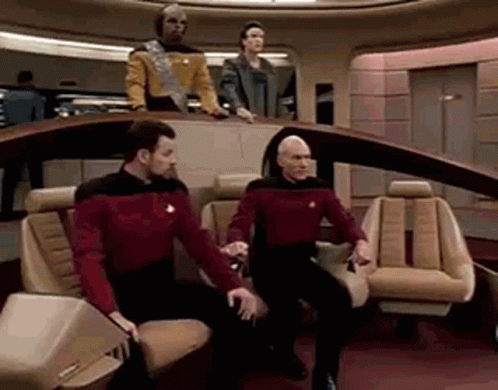
Further Reading on the Science of Star Trek
Explore our Science of Star Trek series of articles
Sadly, the recent movie reboots have taken decades-long established Trek rules and thrown them out the shuttle bay door. Beaming aboard a starship while it’s at warp speed? Madness! Beaming from a single-person ship halfway across the galaxy to the Klingon homeworld as Khan did in the second film? Impossible. Why even bother to build starships if you could do that? Rules matter. Even made-up ones.
Don’t even get me started on time crystals.
The problem is, it’s too easy to break your own rules and get away with it.
Star Wars is admittedly more of a fantasy than science fiction, but the science notwithstanding, if one builds a planet-sized “Starkiller Base” capable of sucking all the matter and energy from an actual star, one need not take the unnecessary additional step of “firing” that energy in a beam toward the planet whose star is now gone. The planet’s destruction was assured once their sun was taken away. The sudden absence of gravity, heat and light was quite enough indeed. A beam of any sort would just add insult to injury.
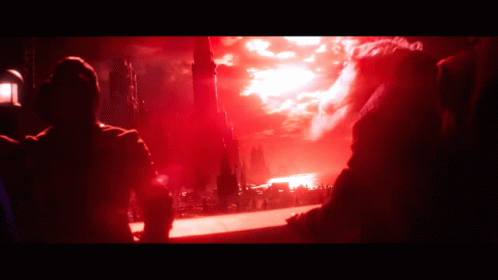
In the next episode we learned that all it takes to wipe out an entire Imperial armada is to crash into one of their ships at “lightspeed” – a tactic which renders unnecessary any conventional attacks on oh, say, a Death Star – the climax of two of the first three original films. Luke or Han or freaking R2-D2 for that matter, need only to have flown into the Death Star at “lightspeed” and the rebels triumph!
Then, in Episode IX, we found out that it wasn’t necessary to build a Death Star or Starkiller at all! Turns out planet-killing weapons fit neatly underneath any garden-variety Star Destroyer, and there’s a whole fleet of them (complete with crews!) hiding on a secret hidden planet just waiting for… Oh, never mind. I’m sure there’s a reasonable explanation that doesn’t appear on screen.
I like to think I could write a kick-ass Star Trek or Star Wars movie that respects both science and their own long-established rules but the reality is, I play in a more junior league. Even if I were asked what I had thought of any of those scripts (like that’s ever gonna happen now!) my concerns would likely have been answered with blank stares from the entire room, followed by a polite “thanks for coming in!”
They all grossed billions. I lined up with my kids to see ’em myself. What the hell do I know.
I do think some superhero movies, like The Avengers saga, have successfully straddled the line between fantasy and science fiction while staying more or less true to their own unique set of rules. Sure, Ant-Man could have flown up Thanos’ ass, made himself 50 feet tall, and ended the movie pretty darn quick, but I didn’t think of that until I walked out of the cinema with a smile on my face. Who cares if inertia would turn Iron Man into a gooey jam mess inside his suit with every high-velocity impact he endured? I’m confident Tony included an inertial dampening mechanism just like Enterprise and didn’t bother to mention it.
Captain America wasn’t born with super-strength and stamina, he was scientifically “enhanced” to be a super-soldier. I’ll buy that.
Thor can’t fly without generating centrifugal force by spinning his hammer – which is like throwing a rock into the air very very hard, then flying by hanging onto it – but hey, he’s a god. Without his impossibly powerful suit, Tony Stark is just your average super-genius billionaire. Without Black Widow’s guns or Hawkeye’s bow, they’re both, well… pretty much the same, actually. At least they admitted it.
Further Reading on Iron Man or Loki
- So you want to build an Iron Man suit?
- Just how strong is Loki anyway?
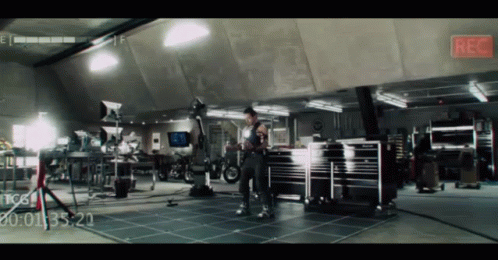
Other superhero movies and series don’t bother to acknowledge the rules of science at all. Would someone please tell me how Superman can fly? Or explain the physiology that allows him to shoot heat rays out of his eyes? Or have X-ray vision? Or how by flying around the world backwards – at what appears to be several times the speed of light – Superman manages to halt, then reverse Earth’s rotation, without sending everyone and everything on the surface flying east at several thousand kilometers per hour? And somehow that reverses time? Huh?!!
Well, you can’t. It’s just silly. But did I throw down my three bucks back in 1978 to see it? Hell ya!
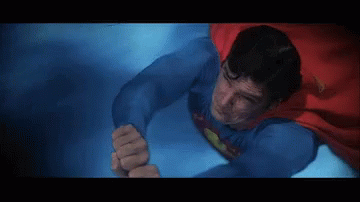
Could I have written it? No. For me, it has to make some scientific sense. Just because I can enjoy something, doesn’t mean I could write it. In a zombie apocalypse, I would be among the first to die while arguing with the zombie hoard that the laws of thermodynamics preclude their existence. (Even if they represented the slower-moving version.) And I am a dead man if I ever run into an actual vampire or werewolf because I can’t ever remember which of them is killed by a silver bullet, or sunlight, or a cross, or garlic. Or why. I’m equally screwed if I ever encountered a real-life ghost because I would be just full of questions. I’d probably die some ghastly ghostly death while asking them to co-write a screenplay.
But do I enjoy zombie, ghost and vampire stories? Hell ya! I just can’t write them. Because they’re not science fiction. Their rules are either arbitrary or magic or both.
Some may wonder how a guy who spent most of his career writing a television show in which people step through a watery ring to other planets has the nerve to talk about sticking to science. I hear ya. But the fact is we tried. We came up with rules for how a stargate works and we stuck to them.
Some may wonder how a guy who spent most of his career writing a television show in which people step through a watery ring to other planets has the nerve to talk about sticking to science. I hear ya. But the fact is we tried. We came up with rules for how a stargate works and we stuck to them.
Mostly.
Further Viewing on Stargate SG-1’s Origins
Brad Wright talks more about the early days of working on SG-1 with Richard Dean Anderson during our livestream for the 25th Anniversary of Stargate SG-1.
First, we built upon the simple rules established in the feature film. A Stargate only works in one direction while active by creating a stable wormhole, or Einstein/Rosen bridge. One must dial the correct coordinates on the other side to return. That is basically the entire plot of the original movie. What struck me as I was walking out of the cinema back in 1995, was if there were 39 symbols on a stargate that represented coordinates in space, it must be able to go beyond Abydos, the planet from the film. In my mind, that made the Stargate one of the best potential television story-telling devices since the Enterprise. The movie skipped the “dialing” process on Abydos, so we came up with another device to do the dialing which we (not so) cleverly named a DHD, or “Dial Home Device”.
This created a vulnerability. How would we know who was about to step through the Earth Stargate? One of our own teams or the bad guys? We came up with a device that transmitted a special code, so Earth knew which team was dialing home and called it a GDO, never calling the device by its full name, Garage Door Opener. (What we lacked in imagination, we made up for in sheer volume of episodes.)

How would we know if a planet was safe for a team to explore? Sure we had a little robot vehicle we called a MALP (Mobile Analytic something something) that went ahead and reported back… but how could it report back if Stargates only worked one way? This required a new rule: within a wormhole, radio waves are not bound by the same limitations as matter.
Rules beget rules.
While developing SG-1 back in the 1990s, Jon Glassner and I realized that an enemy could wipe us out just by dialing Earth and throwing a big bomb through the gate, and so we discussed creating a huge blast door that would come down in front of it. Fortunately, our production designer Richard Hudolin was smarter than we were and told us that a: it wouldn’t really stop a bomb from coming through the Stargate, and b: it would completely hide the icon of our series. Instead, he proposed the idea of an iris that closes right up against the surface of the event horizon, preventing objects or enemies from reintegrating on our side. Problem solved! But don’t ask me where the iris retracts.
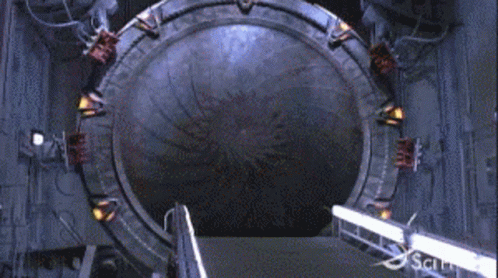
We came up with a 38-minute maximum time a Stargate could remain open. Otherwise, an enemy could dial Earth and leave the gate open indefinitely, cutting us off from the galaxy. This led to several stories. What if the enemy could dial in faster than we could dial out? What if we dialed a planet close to a black hole, and thereby become affected by relativistic time-dilation on the other side?
Rules create story.
Sometimes we found ourselves lamenting the new rules we made up. Jonathan realized that the body count was alarmingly high every time we fought our Goa’uld enemies and so he came up with a new weapon called a “Zat’nik’tel” or “Zat gun” (a name I never warmed to). It was basically a phaser, except more phallic. One shot stunned; a second shot killed. Fine. Then one day on set, in an earnest effort to lower the body count of bad guys dead on the studio floor, he added a third setting. A third shot made the bad guy disappear. This was downright silly to me, and we eventually stopped doing that, but it’s in the episode. Sometimes your own rules bite you in the ass.

In SG-1’s premiere, ‘Children of the Gods’, we very nearly broke the one-way rule in the opening scene. To briefly recap: A group of soldiers are playing poker where the Stargate has sat idle for years, when suddenly Apophis shows up, his Jaffa guards shoot-up the joint, and he takes a woman with him back through the Stargate…
Back through the Stargate. Oops.
We didn’t realize the problem until we were in the editing room, working on our first cut. I honestly wasn’t a fan of the scene in the first place, but without massive reshoots we were stuck with it. So we had to add a shot (which stands out like a sore thumb to me) of Apophis ordering the use of some sort of remote dialing device before he returns back through the Stargate. Otherwise, we would have been forced to assume he or his Jaffa guard accessed the control room, figured out the dialing system on our “Earth” computers, and returned through the gate before General Hammond arrived with his men.
Not all rules are created in the first episode. Series evolve and grow, but if there’s sufficient continuity, that evolution is bound by the rules that came before. That is, unless those rules should be undone. In season two, Rob Cooper correctly pointed out that the sarcophagus device from the movie – which could literally bring people back from the dead – was too much of a get-out-of-jail-free card for our characters. He came up with a story that made its continuous use both addictive and destructive. Problem solved! (Although, that didn’t stop us from bringing them back from the dead from time to time in other ways.)
In the Travelers writers’ room, we spent a full week establishing rules, eventually filling our entire whiteboard. Travelers was a show about operatives from the future returning to the present to save humanity from suffering a terrible end. Instead of sending actual people, Travelers sent their own consciousness back into a host body of a person that was historically about to die, then resumed their host’s life as an imposter, while performing missions to save the world on the side. (Three seasons on Netflix if you haven’t seen it yet. It’s actually way better than I just described.)
Further Listening with Brad Wright's Podcast
Brad Wright talks with Traveler's star Erik McCormack in his podcast Conversations in Sci-Fi

To start, we had a pilot script that I had finished and a document that I’d written to help make sense of it. But there was much more we needed to come up with to understand our own internal logic for ourselves. And so we could answer those tough three-part questions at Comic-Con.
We came up with a list of rules and called them protocols.
1. The mission comes first.
2. Never jeopardize your cover or use knowledge of the future for personal benefit.
3. Don’t take a life, don’t save a life.
4. Don’t reproduce.
5. In the absence of a directive, maintain your host’s life.
6. No inter-team communication unless directed or in an extreme emergency.
Then our characters spent the next 34 episodes breaking all of them. As I said, some rules are made to be broken.
Two other protocols were eventually added. (spoiler alert!) Protocol Alpha meant that there was an existential threat to the Director – the AI in the future that decided which historical events needed to be altered – to save the future. That led to a fun time loop story involving skydiving. Protocol Omega meant that the Director had given up on changing that given timeline, and so abandoned Travelers to live out their lives as they wished. That story was our final episode.
I also had to come up with our rules of time travel. In order to take over a host, the future required the precise Time, Elevation, Latitude, and Longitude of the host in the moment just before their historical death, or TELL. That meant time travel was only possible within the computer era, when exact timing could be determined. Close doesn’t work; we called that a “misfire.” It also meant we couldn’t go back and kill Hitler or Stalin. To impersonate their hosts, operatives were limited to the historical record and social media. That was half the fun of the show because they got so much wrong and had to improvise.
Since a Traveler’s consciousness overwrites the host’s as they arrive in the 21st century, the Director only chose as candidates people who were about to die. This wasn’t technically necessary, as we explored in the series, but was done for ethical reasons. As a result of our mucking about in the past, a rival group sprouted up in the future which – in yet another stunning display of imagination – we called “The Faction.” They had no compunction about taking hosts in the 21st century that weren’t about to die and believed in human decision-making over AI.
One of the most important rules was that an operative can only be sent to a time after the most recent traveler. I say most important because I made it up on the spot during the Netflix pitch in answer to the question, “Why couldn’t the Travelers just keep trying to change an event over and over in the event the first team failed?” I spun some technobabble about ripples in space-time that made it impossible and they bought the show.
In the end, of course, we broke that rule too. But we had, like, a really good reason.

Rules in science fiction give our heroes the boundaries of what’s possible, limiting their options. When they succeed despite those boundaries, their victories are all the more sweet. Conversely, when a science fiction film or television show breaks a fundamental law of science, or even one of their own made-up rules without good reason, it is at best alienating and at worst, a betrayal. Science fiction demands internal consistency, however complex the rules are.
Finally, for me, one rule stands above all others: a story must have heart. If it doesn’t move the audience to laughter or to tears, to love of its characters, to surprise or to wonder, then all the rules in the world won’t matter.
One of the new series I have currently in development is called IV (pronounced Ivy – there I go again with the clever names!) I believe it has heart, but it also has an even more complex set of rules than Travelers. If I’ve done my job coming up with them, those rules will create story.
Seven seasons worth at least.
This article was first published on November 5th, 2020, on the original Companion website.
Further Reading on All Topics
- Our entire first season of Audio Articles are here
- Explore our Science of Star Trek series of articles
- So you want to build an Iron Man suit?
- Just how strong is Loki anyway?
- Brad Wright talks more about the early days of working on SG-1 with RDA
- Brad Wright talks with Traveler's star Erik McCormack in his podcast Conversations in Sci-Fi


